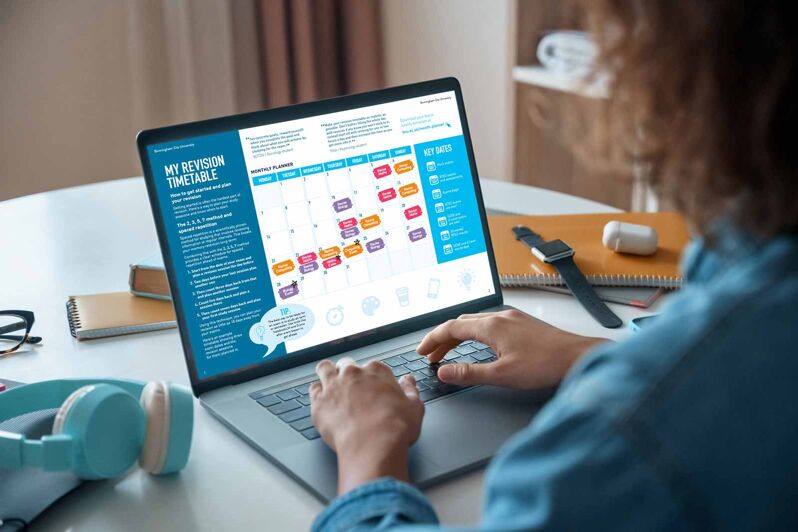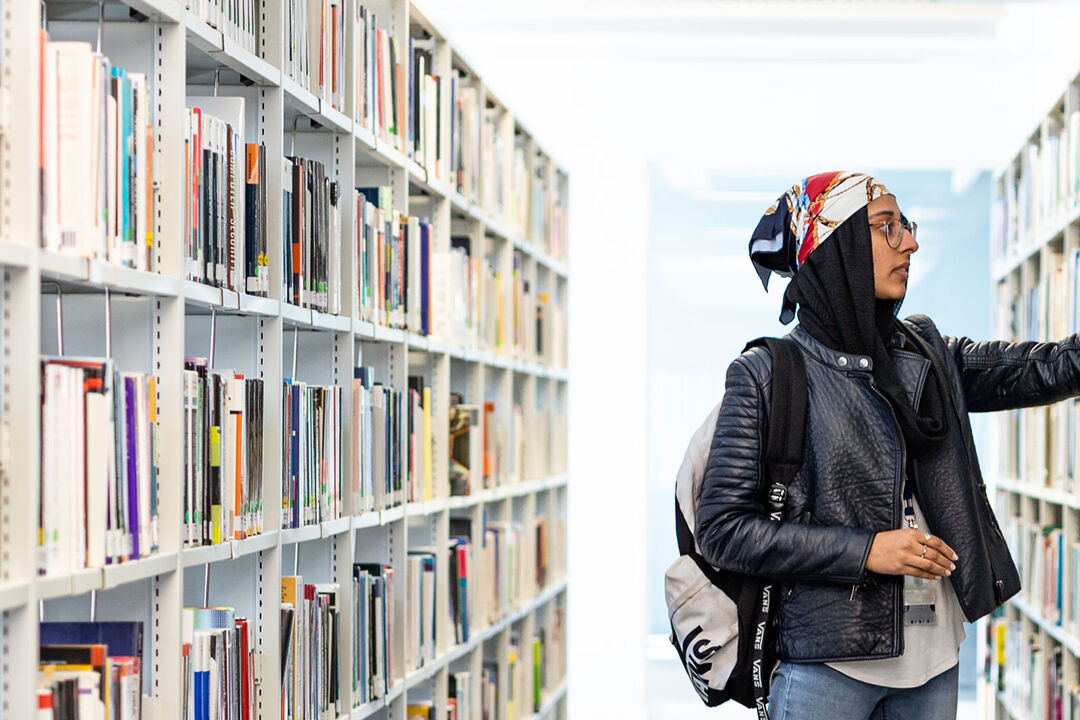[Music] there are so many different kinds of revising techniques out there and a quick Google about revision techniques and you'll you'll see you know five or six different articles here in contrast and views and contrasting opinions and saying you know just sit down and crack for it just do everything that you can just find out what works best for you.
[Music] This technique is is more of a short structured way of going about the revision process and it is picking a topic or picking particular tasks that you want to accomplish and working on that for 20 to 25 minutes very intense very focused work either reading or note-taking and then at the end of that time period you take a five-minute break which you might be able to have a drink, get a bite to eat, mess about on your phone or even you know close your eyes and recharge the batteries and what this does is and resets the the focus and attention of the mind so that when you do come back to revising again you're maintaining that very high level of focus which creates those real connections and really reinforces those memories. Those things that you're trying to call upon, you do this for about maybe three or four cycles and at the end of the let's say the fourth cycle, for example, you then take a 30-minute break you take a larger break which allows you to recharge even more and by doing this over and over again you can really get in hours worth you know four or five hours worth of work in a day and you don't even realize how much work you've actually done and it's also very structured the work that you're doing you can tick off topics one by one so it could be a very interesting and effective method to try.
Balance is key, get making sure that you're you know taking taking breaks even if you don't feel like you need a break and then sticking to the routine itself because it's a particular technique so you know there's research got into why you know why you take break at certain times but don't overdo, don't overdo it and don't push yourself and of course you know regular water breaks can also help and eating in balance is definitely very key and an important thing in in executing the technique.
[Music]






